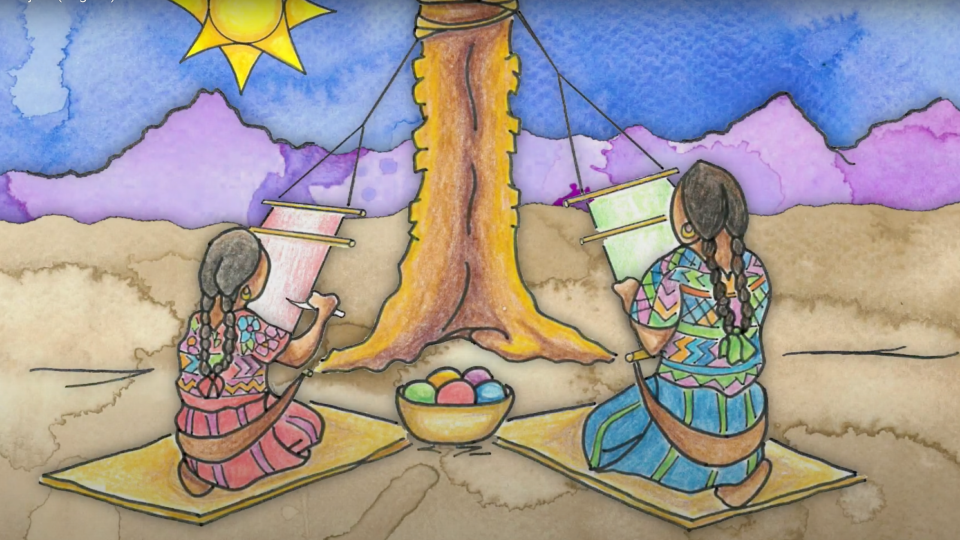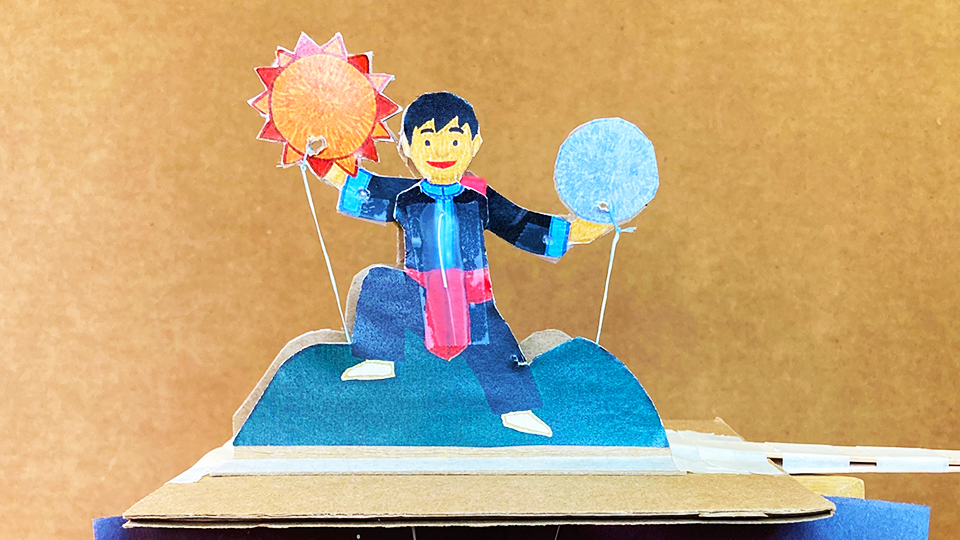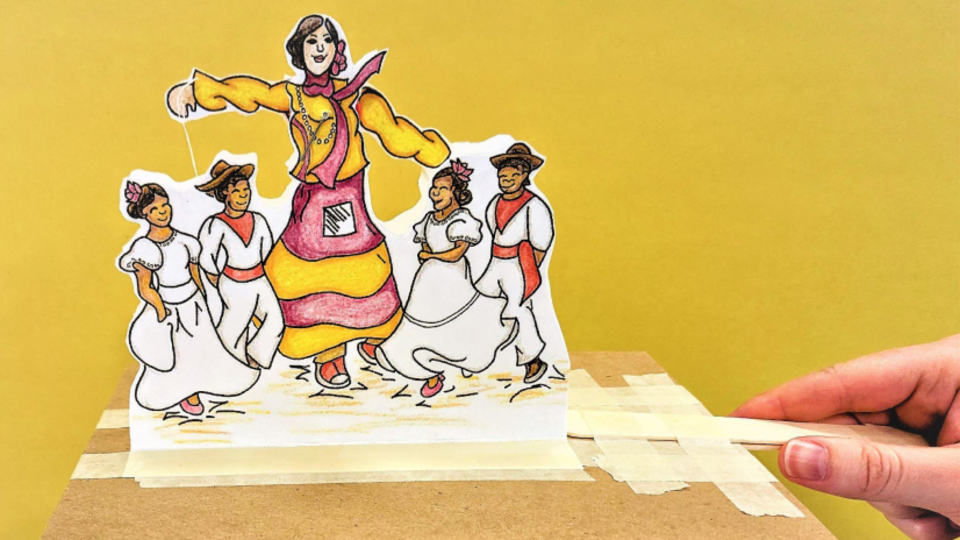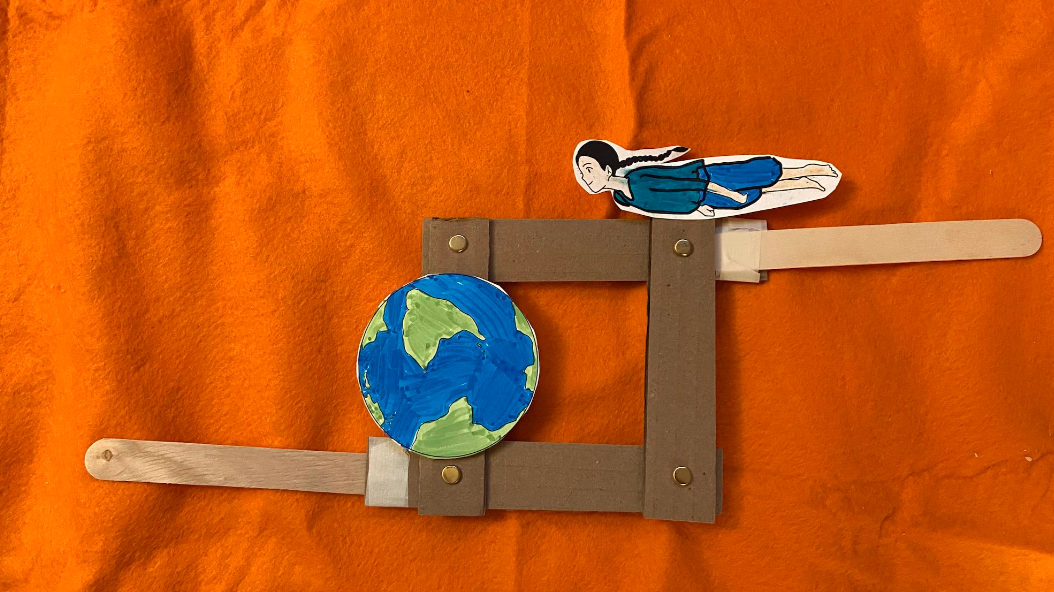
Automata: Storytelling Devices
For hundreds of years, people have designed and created mechanical machines called automata that move and mimic humans, animals, and plants. Wheels, levers, and linkages work in tandem to create signing birds, bicyclers, and even wing-flapping ducks.
You can tell stories with automata, too!
If you’re hoping to create your own mechanical marvel, these activity sheets will guide you through engineering, designing, and adding art to an at-home automaton.
Program Length
The time for building the automata and listening to the story are flexible to each teacher’s discretion.
MN Academic Standards
MN Science Standards 2019: 3.2.2 Students will be able to use their understanding of scientific principles and the engineering design process to design solutions that meet established criteria and constraints. 4E.3.2.2.1 5P.3.2.2.1
MN Science Standards 2019: 4.2.2 Students will be able to gather information about and communicate the methods that are used by various cultures, especially those of Minnesota American Indian Tribes and communities, to develop explanations of phenomena and design solutions to problems. 3E.4.2.2.1 4E.4.2.2.1
MN Social Studies Standards 12/2020 draft: 17. Explore spatial ways of thinking, ways of knowing (culture), and ways of being (identity) from different perspectives, including indigenous voices.
MN ELA Literature Standards: 3.1.2.2 Recount stories, including fables, folktales, and myths from diverse cultures; determine the central message, lesson, or moral and explain how it is conveyed through key details in the text.
MN ELA Literature Standards: 4.1.3.3 Describe in depth a character, setting, or event in a story or drama, drawing on specific details in the text.
MN ELA Literature Standards: 4.1.7.7 Make connections between the text of a story or drama and a visual or oral presentation of the text, identifying where each version reflects specific descriptions and directions in the text.
MN ELA Speaking, Viewing, Listening and Media Literacy: 3.8.2.2 Determine the main ideas and supporting details of a text read aloud or information presented in diverse media and formats, including visually, quantitatively, and orally.
Next Generation Science Standards
Disciplinary Core Ideas: Defining and Delimiting Engineering Problems (3-5-ETS1.A), Developing Possible Solutions ((3-5-ETS1.B), Optimizing the Design Solution (3-5-ETS1.C)
Science and Engineering Practice: Asking Questions and Defining Problems (3-5-ETS1-1); Planning and Carrying Out Investigations (3-5-ETS1-2); Constructing Explanations and Designing Solutions (3-5-ETS1-3)
Crosscutting Concepts: Influence of Engineering, Technology and Science on Society and the Natural World (3-5-ETS1-1) (3-5-ETS1-2)
Learning Goals
Minnesota communities all have their own history of folktales and of how they gather and share their scientific knowledge.
Science and engineering is for people of all cultures and gender identities.
Engineering is a process that involves making mistakes, learning from them, and then trying again.


